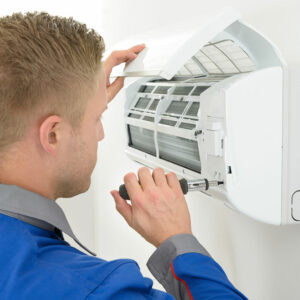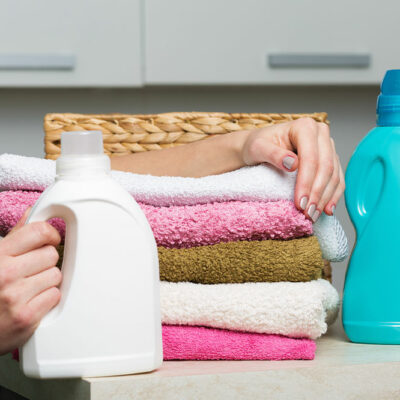
01
8 common AC installation mistakes and how to avoid them
Usually, manufacturers build their air conditioners to be durable to keep the appliance working for many years. But, to ensure an air conditioner’s longevity and optimal functioning, it is important to install it properly. One way to do this is to learn about the mistakes people make while fixing their air conditioners for the first time. So, here are some of the common AC installation mistakes and how to avoid them. Not doing enough research about what is required Air-conditioners are big-ticket purchases for many households. Therefore, it is essential to put a lot of time into figuring out which AC will work best. One needs to do adequate research to install a unit that meets all the requirements. For example, a crucial requirement is the size of the air conditioner. Installing the incorrect size will mean the AC won’t be able to cool the home effectively. Its capacity to function will be strained, leading to damage. Purchasing an air conditioning unit of the wrong size One needs to install an air conditioning unit, depending on the size of the room. If the AC is too big, it will lead to shorter cooling cycles. Or if it is too small, the AC will be overworked. To avoid this, one can use a British Thermal Unit (BTU) calculator. The BTU is a unit of heating that indicates the amount of energy an AC requires to cool a space in an hour. Simply enter the area of the room in the calculator to know the BTUs that will be required. Then, go ahead and install an AC that has this number of BTUs. Sealing the ductwork improperly Another common AC mistake is not sealing the ductwork properly. This will lead to the AC unit working inefficiently. To prevent this, it is important to pay close attention to the ductwork sealing, and it must be sealed securely without any gaps.
Read More 




